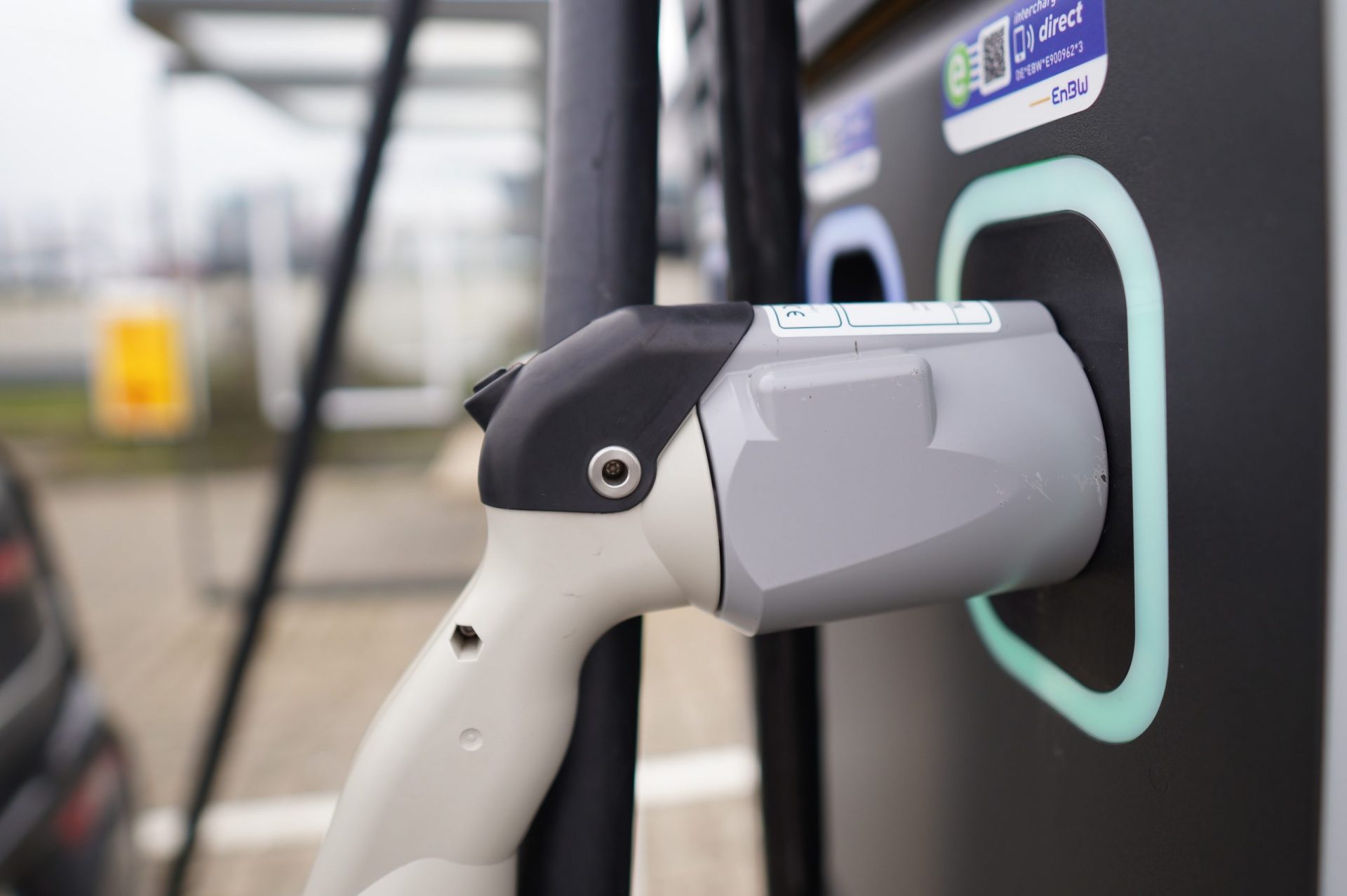
In the auto industry, the EV segment has been something of a sleeping giant. We know EVs are inevitable. We know they will transform not only personal transportation but also other facets of everyday life. And yet they remain a relative novelty. So are they taking hold and gaining momentum, or what?
The answer is, first: Brace yourself for the accelerated launch of many new consumer products and services within the transportation industry and beyond. The parade of new (and newly reimagined) vehicles includes the Tesla Model 3, Nissan Leaf, Ford Mustang, Hyundai Kona, Jaguar I-Pace, Chevrolet Bolt, Polestar 2, Kia Niro, Lucid Air, GMC Hummer, Rivian RS1, and many others.
And second: Look for stories about electric vehicles unlike any you’ve heard thus far. If the appeal of clean, safe fuel were strong enough on its own, the electric segment would have taken off long ago. At the moment, electric vehicles are products in search of a story (or multiple stories). Sure, the recent gas crunch has many consumers opening their arms and welcoming the long-awaited shift away from internal combustion vehicles to EVs). But when the crunch eases, we’re not convinced the appeal will remain. Unless…
Industry Challenges, Brand-Building Hurdles
In a 2022 study on EV Readiness, McKinsey identified three key challenges that keep EV a sleeping giant:
- Regulatory Environment: Increasing sales of new EVs will be a complex challenge. OEMs may find it more difficult to make profits if governments reduce subsidies as EV technology advances.
- Consumer Adoption: While many people consider purchasing EVs (36 to 80 percent of car buyers, depending on the market), few actually do (2 to 5 percent). This hesitation is reflected in the OEMs’ low levels of “EV sales readiness,” documented in McKinsey’s 2019 EV Mystery Shopping survey. This survey revealed the core challenges facing OEMs that sell EVs: poor level of in-store presentation, limited accessibility of test drives, and sales associates’ relative lack of knowledge and training.
- EV infrastructure and Sustainability: On the charging side, the EV infrastructure remains insufficient. The network of charging stations, particularly fast-charging ones, is thin on the ground. Battery quality, the time needed to charge, and limited access to chargers are the biggest concerns for potential EV buyers. On the back end, no one has yet figured out the true life cycle of battery technology. Questions persist around secondary usage markets, supply chain, and logistics of a multi-billion dollar industry for myriad products and services.
In terms of technology adoption, the industry is stuck in second gear—among Early Adopters. To capture the first wave (13.5% of all purchasers) and begin to look towards the Early Majority, the industry must address the fear of the unknown associated with EVs—a fear directly tied to concerns around cost, safety, and operating a vehicle equipped with such new technology.
Of course, automakers are keenly aware of this. In a recent Forbes article, “Why Auto Giants And Startups Are Marketing Electric Vehicles To More Mainstream Audiences,” by Mary Swant, GM’s Chief Marketing Officer, Deborah Wahl, commented on their EV Super Bowl ads for the Chevy Bolt, noting the need for better storytelling that made general consumers feel they were an important part of the EV movement.
Wahl states: “You can’t be any more mainstream than Disney…And that was really intentional to change the idea that EVs are for just for a small segment of the population who are really worried about climate change to showing how perfect these vehicles are for families, for road-trip driving, for all kinds of usage.”
For a sample of GM’s thinking on the matter, take a look at this recent spot. What do you think? (For me, this particular insert of Disney feels a little gratuitous. I’m not quite sure the Early Mainstream driver is quite ready to buy into this particular picture. I’m not seeing the lifestyle connection or, on the other hand, the fulfillment of an unmet need. But okay.)
Time for a New Narrative
One key to breakthrough storytelling might involve not trying to typecast EVs into value propositions defined by internal combustion vehicles. It’s pretty clear that long road trips and other kinds of extended range driving aren’t areas where EVs are poised to win in the near-term. When it comes to hauling heavy loads, a new generation EV trucks might technically be up to the challenge—but consumers may face a bit of cognitive dissonance, convinced for now that electric equals “lighter duty.”
But what about other use cases, where a story of, say, EVs as Smart, might make better sense? A story of EVs as smart and even down-to-earth sensible as the drivers who choose them…
The student who’s able to cruise their college town, slipping in and out of tight spaces, in their small, super-affordable starter EV?
The parent who can count on the family EV (the family’s second vehicle, btw) to be fully-charged and ready to go every morning when it’s time to take the kids to school—unlike the neighbor who’s stressed about not having enough fuel in the tank to make it?
The farmer who’s a few dozen miles from the nearest gas station?
The commuter who likes a quiet ride for making important business calls?
The exurban professionals who are making their big move to live off the grid, trying their car
to the rest of their solar-powered home system?
We can only begin to imagine the stories. They aren’t being told, yet. But before the end of this product cycle—or, at the very latest the beginning of the next one—they will be. For the EV giant to stop sleeping and wake up, they will need to be.




